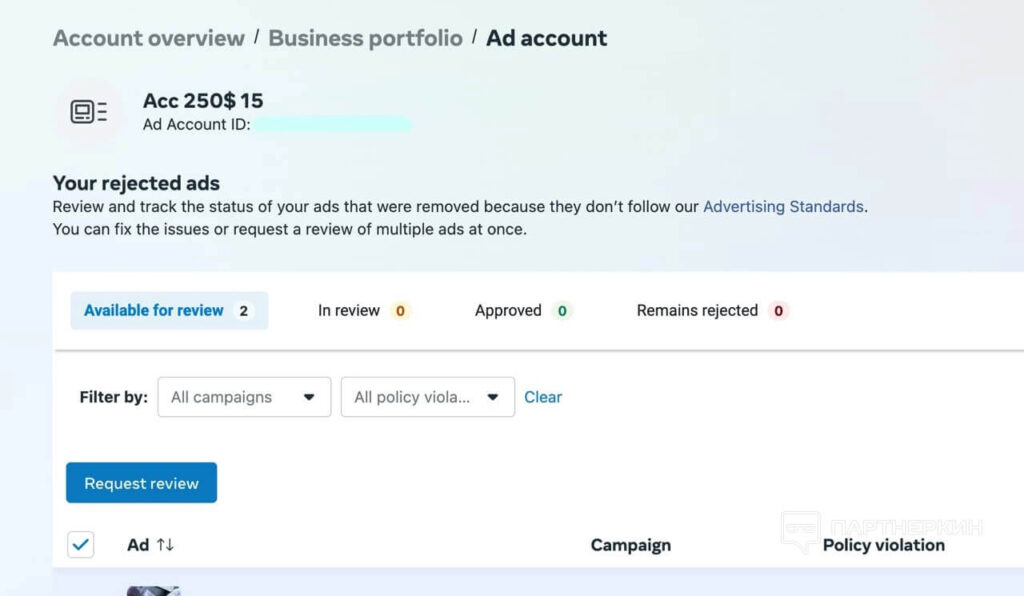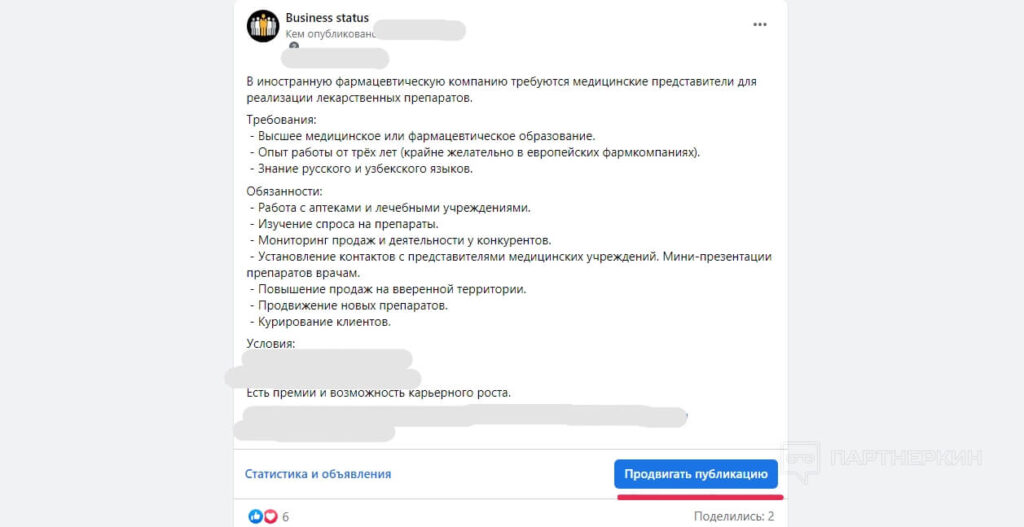Don't miss interesting news

The US presidential campaign is just getting underway, and Facebook is already showing its severity. Recently, more and more people have been experiencing rejections, stricter rules, and mass blocking. We conducted several experiments and tested other people’s methods in the first half of 2024. Now we are ready to offer recommendations that will help reduce the number of rejections and avoid policy violations.

In modern traffic arbitrage, none of the preparation stages can be missed. From warming up accounts to setting up fan pages, every detail requires attention. Experience shows that thorough warm-up can cut not only the number of rejections in half but also minimize possible risks and inspections.
One of the methods of warming up advertising accounts and fan pages is to use boosts for posts. Depending on the level of trust in your account, you can immediately publish creatives that you plan to use in your campaigns or start with safe, neutral content. The degree of warming up should correspond to the level of trust in the account, fan page, and the presence of possible problems – the minimum budget for warming up should cover one billing cycle.
An alternative approach:
In the first variant, the fan page and creatives are warmed up, in the second – the fan page and the landing link. In both cases, it is necessary to unwind the budget before the first payment and make it on time.
Hard warm-up. For those who are confident in their abilities, there is a more radical method. It starts in the same way as other schemes, but after the first payment, a more risky creative is launched.
As a result, some accounts may be blocked, but the remaining ones will work without deviations and violations for a long time. For this method, it is important to have a sufficient number of accounts with a high level of trust that can be purchased from us.
When it comes to time exposure, everything is extremely simple:
Although warming up and time exposure do not give an absolute guarantee of flawless performance, they significantly reduce the risks of violations and deviations, as well as increase the chances of successful moderation.
We start by launching creatives on fan pages with PPC, actively scrolling through them until the first rejections start appearing. As soon as one or two rejections appear, we move on to launching new creatives on other fan pages. We repeat the process until all the pages are involved. After some time off, old fan pages can be used again for launch as they may perform well again.
For creatives, we recommend running each ad in several ad campaigns at the same time, for example, two or three. This increases the likelihood of success and allows you to evaluate the creative’s resistance to blocking. 1:2:2 or 1:3:3 schemes work well.
If a creative has been rejected in all ad units, it is better to delete it immediately and temporarily suspend the use of related fan pages. If the creative has successfully passed moderation in all ad sets, it is a signal of its high stability – you can use it in other ad groups or create duplicates. If the creative was rejected in one adset but successfully passed in another, you can consider filing an appeal or using other recovery methods.
Important: never duplicate adsets immediately after launch or at low cost, as this can raise suspicions on Facebook. It is better to test at least 2-3 billing before duplicating.
As for domains:
Thus, creatives, fan pages, and domains should be in constant rotation. Something that didn’t pass moderation today may be successfully launched some time later. Besides, creatives can be revived not only through appeals.
Even if your ad is rejected, you can launch it again using several methods. The first and most obvious is to file an appeal. We recommend filing appeals, especially if your creative is not too aggressive. In half of the cases, it works, and the ad gets out of the rejection, allowing you to continue working.

However, filing an appeal is optional, especially if you doubt your success. A rejected ad can be restarted without an appeal in two other ways.
The first way: Treat the ad like a post and promote it through a post boost. Choose the Reach or Reactions goal, because in this case, moderation may be more loyal. First, open the ad itself and go to the original post.

Then just click “Promote.”

Choose either reach or likes as your promotion goal. Everything will probably start without any problems. Spend a few tens of dollars, and then launch this post with a link and conversions.
Another way:
Both methods are quite risky, as after a while the ad may be rejected again and you will be sanctioned on your account. Therefore, if the creative does not generate significant income, it is better not to risk it and delete it or refrain from launching new campaigns from this account for a while.
It is important to follow the collected tips not only during calm periods, but also during the expected storms that will undoubtedly occur this fall and early next year. Therefore, we strongly advise you to start stocking up on accounts now so that they have time to “rest” by this time.